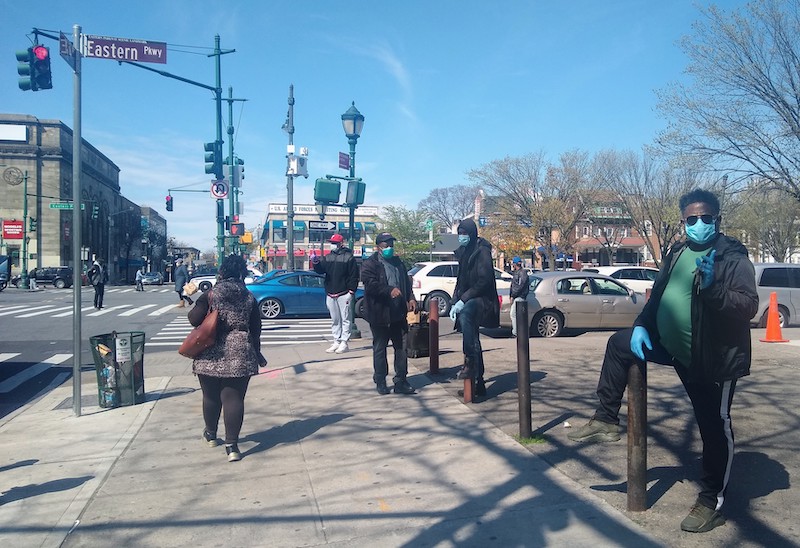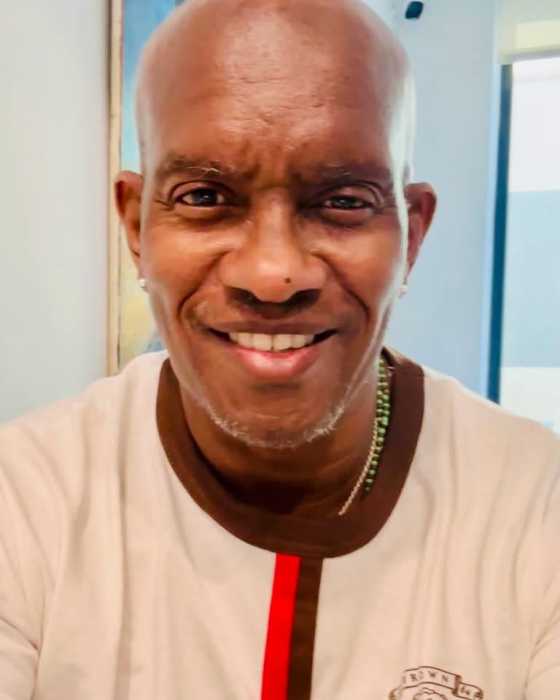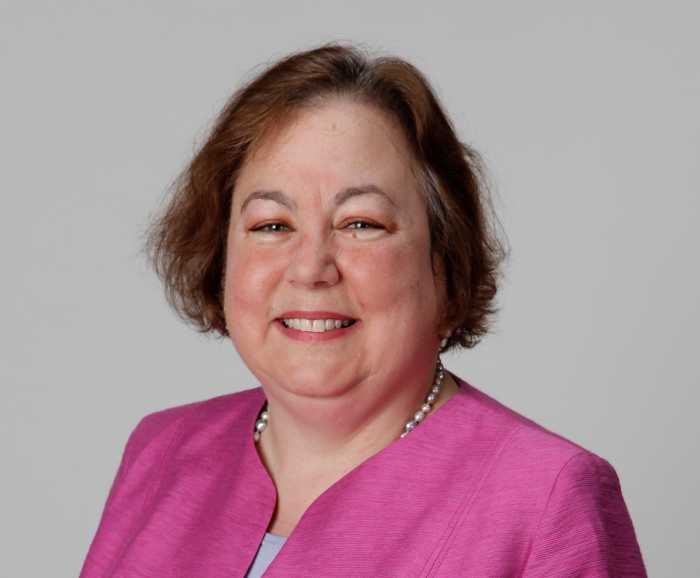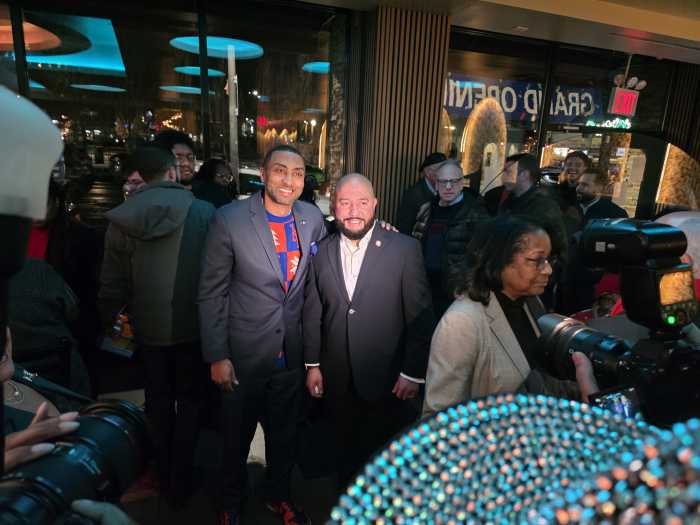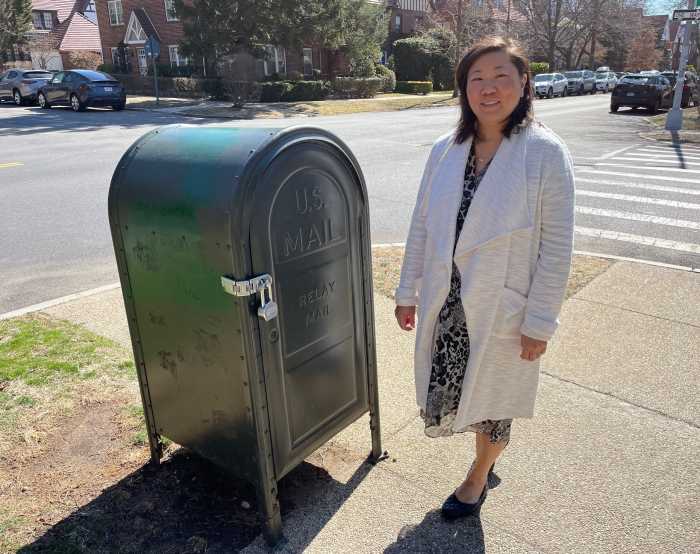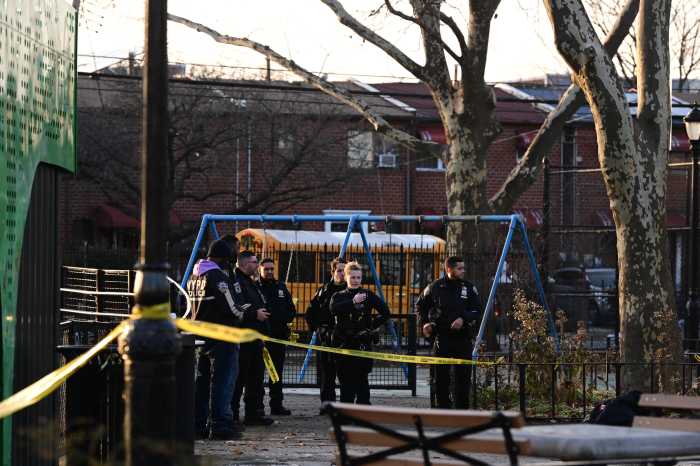New Yorkers got a hefty taste of a natural disaster when Hurricane Sandy hit in 2012. We experienced the loss of lives, property, and small businesses, while the loss of basic needs such as heat, hot water and electricity compounded the despair. We witnessed delays in access to food, transportation and loss of internet and cell phone communications, and neighborhoods that were impacted drastically had to be kept informed on a daily basis by local agencies. It was the first time in decades, that City Hall had to respond to a disaster at such magnitude that required the coordination with FEMA, and the Governor’s Office of Storm Recovery.
Eight years later and we are now faced with an unimaginable Pandemic. The Covid-19 virus has taken a toll on the entire world but has significantly impacted New York harder than any other state in the country. We have all seen the daily data of those infected, hospitalized, released, died, and those recovering. Businesses are shut, schools closed, and only essential services are able to operate per the Governor’s Executive Order. Residents are sheltered at home to curtail the spread of the virus while New York State is on “Pause.”

While this is occurring, people in poor, minority, and/or immigrant communities are receiving competing messages. Is there a safety vs an economic message which is louder? Many face challenges in adhering to the current request to ‘stay at home’ because a large percentage of this population works in industries that provide essential services such as workers in the medical field, drivers, delivery, food service, etc.
Several communities of color are already suffering with decades of disproportionate neglect in terms of adequate access to health care, decent housing, and access to proper educational programs. Coupled with the daily stressors of trying to make ends meet, and now the increased COVID-19 risk factor, many are struggling with the impact that all of this has had on their family, friends, and neighbors.
While the mayor and the governor should be given great credit for keeping “average” New Yorkers informed through daily briefings, a lot of that information is not getting to many communities where language barriers exist or where people are already working on the frontlines. In a city with over 175 languages where cultural and social norms are widely interpreted differently, there is a call for better communications.
A stronger means of communication and outreach is needed and must take a multi-faceted approach. Working with trusted entities such as the various religious institutions such as Churches, Mosques, and Temples, is necessary and would assist with this effort. Partnering with their respective leaders, who these communities already see as credible and trustworthy, would go a long way in improving this necessary communication.
National and local not-for-profit organizational networks should be engaged because they have gained the trust of the communities and would be key in the quick dissemination of critical information.
Organizations such as the NAACP, Urban League, Allianza Dominicana Cultural Center, Catholic Charities, Hispanic Federation, and the Haitian-American Business Network have been informing their members and merchants on a wide range of pertinent information from the importance of face coverings to key provisions of the SBA loan programs for small businesses.
Local community and ethnic newspapers, radio, and online programs can, and should, be used as trusted outreach outlets. These reliable channels of communication are embedded in immigrant and minority communities providing appropriate sensitivities and protocols which aid in keeping communities up to date on COVID-19 related matters.
Already playing an integral role in the dissemination of information are our Community Boards and Precinct Councils who are often on the frontline interfacing with members of the public. They are seen as dedicated staples of local government coming from within the communities they serve. Block Associations and Tenant Association Leaders are also another under-utilized, yet highly effective way to the community.
Several of our legislatures have gone a step further from their normal function from introducing and passing laws in this age of COVID-19.
They are informing constituents of testing sites and other relevant agency services aiding through tele-town halls, social media, e-mails, and direct distributions platforms. While inviting subject matter experts and community and faith-based leaders has proved effective in drawing larger on-line attendance to these sessions what is now needed is for the information to continue to trickle down through their respective networks, organizations, and congregants.
As the City begins to develop future emergency preparation action plans on this pandemic experience, a comprehensive communication strategy should be adopted to ensure that we successfully reach all communities and groups, especially the marginalized ones, to avoid misinformation and pandemonium in a time of crisis and great distress.
Gregorio Mayers is a political strategist, lawyer, and Professor of Disaster Management at Medgar Evers College, CUNY.


